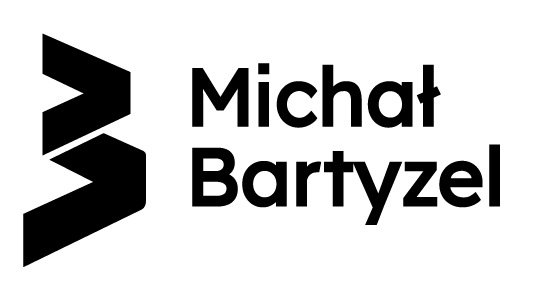Please consider this blogpost as a continuation of my previous Kanban on The Fridge Door entry.
So I had my Kanban board first on the fridge door and finally on the kitchen wall. I put cards, I moved them through the board, I limited WIP, visualize work, and improve the flow.
Because of my frequent business trips I moved the board on Trello to share it remotely with my wife. Trello is, in my opinion, the best compromise between prize (for free) and functionality for an individual and for a team as well.
So, we bought a flat - big thing for a family, huh? Of course I created new board as below:
After couple of days I was overloaded by number of task, which (as my architect claimed) "absolutely must be doing NOW", but my budged was fixed. Those days I had thoughts I want to share...
#1 Kanban doesn't work
Yes, I blamed Kanban, because my project was to complicated to be managed by Kanban's approach. I thought that touching up the flat is VERY SPECIFIC project where Kanban didn't apply.That's funny because many teams I work with have also VERY SPECIFIC projects/system/architecture/organization (choose most suitable), where all well known approaches don't apply. Despite of the fact that those approaches work perfectly well for the rest of the world.
#2 I need different tool
I also blamed Trello because it has just only one-column swimlanes, so that I couldn't see the big picture. In consequence I installed some addons to my FireFox to reach multi-column swimlanes and I started looking for better tool with smaller cards and bigger boards.That's also funny, because many teams I work with, look for the tool/framework/library/programming language (choose most suitable), which is..., which is..., aaaaaaaaa, you know..., which is fuc*ing the best!
But...
I try to be devoted my FirstProgrammerRule - when something doesn't work, investigate your code first.So I started wondering what was the reason I had so many cards? How I evaluated them? Damn, what the board was for?
Finally I realized that main goals of my board were to visualize work, to collect tasks in one place and to do them faster. But if doing faster is the only goal you end up with more output instead of more value.
To evaluate business value you need a purpose of the work, you need the goal of the board. That was the Aha-moment for me.
In my case the goal was: Move in (budget is fixed). Then everything made clear and simple, because the more a task made me closer to move in, the higher business value it had.
I need minimum stuff in the flat to move in with my family. I defined with my wife what the minimum meant for us and reorganized my board.
It turned out I need: floor, kitchen, one bathroom not two, one inner door not four, two wardrobes and some other stuff. The board started working perfectly well, even with Trello, even with Kanban :)
What happens when you reach the goal of your board. That's OK. This is end of the work. It's time to rest. Later on you will start up new board with new goal.
